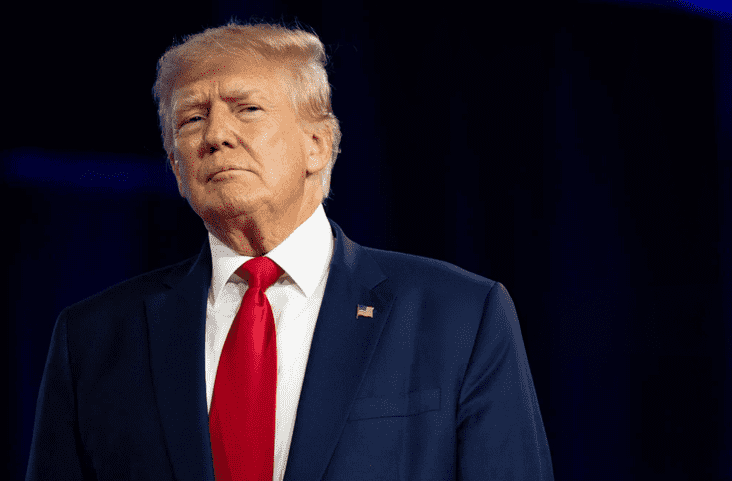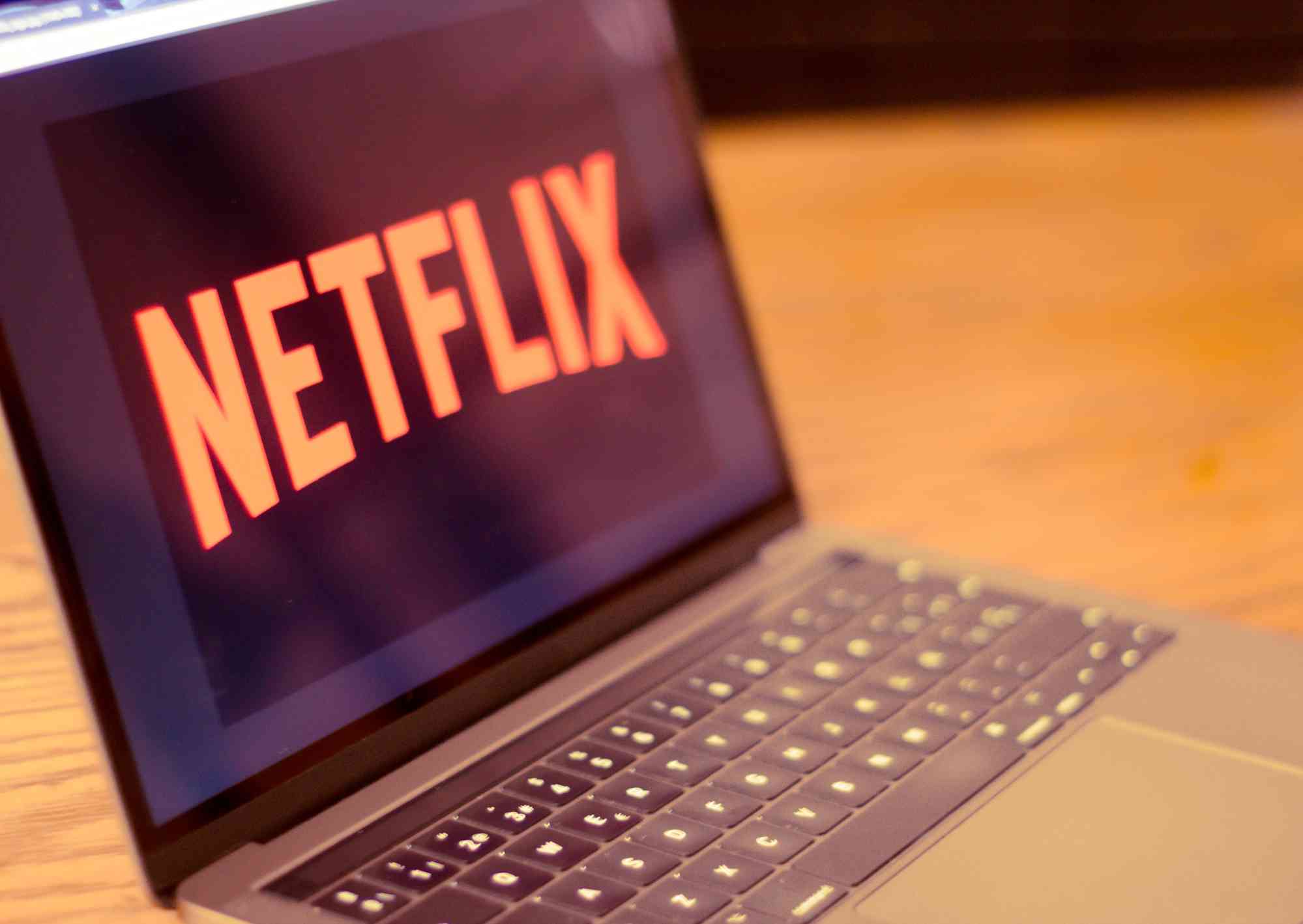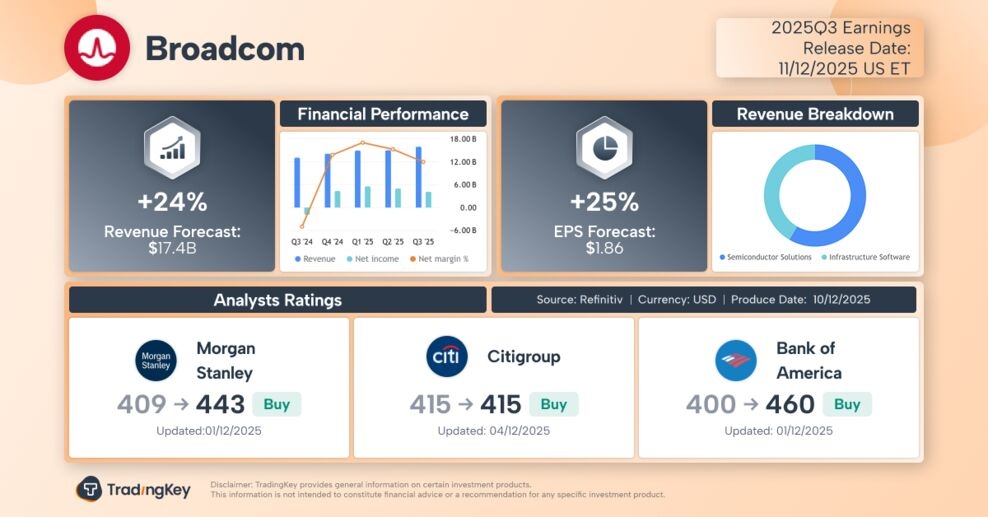US-China Summit: 5 Key Issues to Watch in First Trump-Xi Meeting in Six Years


TradingKey - The high-stakes meeting between U.S. President Donald Trump and Chinese President Xi Jinping on Thursday, October 30, stands as the cornerstone of Trump's ongoing five-day Asia trip after returning to the White House. This summit follows a constructive round of trade negotiations, which has set an optimistic tone for the leaders’ first face-to-face meeting since 2019.
According to China's Xinhua news agency, two days of US-China economic and trade talks from October 25 to 26 concluded with the two sides reaching a "basic consensus" on arrangements to address each other’s key concerns.
The discussions in Malaysia were described as "candid, in-depth, and constructive," focusing on critical issues including U.S. Section 301 measures on China’s maritime logistics and shipbuilding sectors, extending the reciprocal tariff truce, fentanyl tariffs and enforcement cooperation, agricultural purchases, and export controls.
U.S. Trade Representative Jamieson Greer stated, "I think we have a very successful framework for the leaders to discuss on Thursday."
With a framework for a potential trade deal reportedly in place, market observers anticipate the Xi-Trump summit will result in a "limited improvement" in the U.S.-China trade relationship. The meeting in South Korea follows two presidential phone calls and five rounds of in-person negotiations since Trump's return to office.
President Trump expressed confidence in reaching a "very comprehensive deal" with Xi, stating they would discuss "a lot of issues" and hinting at future meetings in both China and the U.S.
The upcoming leader-level discussions in South Korea are expected to cover a comprehensive agenda, including tariffs, rare earth export controls, fentanyl tariffs, soybean purchases, and the final agreement on TikTok.
Tariffs as Leverage
U.S. Treasury Secretary Scott Bessent, who participated in the weekend talks, expects the summit to be excellent.
Bessent indicated that the two nations are likely to agree to defer China's threatened rare earth export controls and avert Trump’s threatened 100% tariffs on Chinese goods. He noted that the 100% tariff threat was the Administration's greatest negotiating leverage, a threat which appears to have been defused.
U.S. officials also disclosed that the two sides discussed extending the current series of tariff truces..
BBC reported that Trump has himself conceded that imposing severe tariffs on Chinese imports is not a sustainable long-term solution. The President, though not explicit, acknowledges that an escalating economic war with America's largest trading partner would have devastating consequences for the U.S., China, and the global economy—a fact underscored by sharp declines in U.S. stock indices whenever trade tensions flare.
Despite five rounds of talks, Chinese goods entering the U.S. still face an average tariff of 55%, the highest level since the 1930s. China’s People's Daily has pointed out that the multiple negotiation rounds prove neither nation desires full economic decoupling.
Analysts suggest the positive news from the talks may provide a short-term lift to markets, but the bigger picture remains one of securing a trade cease-fire for a few more months rather than achieving fundamental progress or long-term stability.
Bloomberg Economics cautioned that while a deal might be signed, it is unclear if it will offer lasting relief to the markets, suggesting that the new reality of U.S.-China relations appears to be one of "frequent ruptures and short-term fixes."
Rare Earth Controls Easing
Rare earth minerals are vital for modern high-tech industries and military security, indispensable for manufacturing semiconductors, automobiles, and defense weapons.
China’s near-monopoly, with 90% of global rare earth processing capacity, provides Beijing with a core negotiation chip. China's recent move to tighten rare earth export controls was the direct trigger for Trump’s 100% tariff threat.
In an interview, Bessent revealed that China is willing to make concessions on rare earth minerals to prevent a trade war escalation, possibly postponing or reviewing the export controls for a year.
The rare earth dispute is fundamentally a technological rivalry between the world's two largest economies in AI and advanced manufacturing. Unlike his first term, China appears to be more resilient to the pain of tariffs in the "Trump 2.0" era, while U.S. alternatives for rare earth supply remain a mere "drop in the ocean."
Soybean Purchases and Fentanyl Tariffs
Bessent confirmed that China is considering resuming and increasing purchases of U.S. soybeans and cooperating to help control the U.S. fentanyl crisis.
China is the world’s largest soybean buyer, and cuts to U.S. soybean imports threaten the economic lifeline of American farmers in Trump's key rural political base.
Financial services platform Marex noted that soybean purchases are a priority for the U.S. and a relatively easy concession for China, allowing Beijing to extract better terms on more critical products and industries.
Discussions on fentanyl—the precursor chemicals of which, largely manufactured in China, are blamed for fueling the U.S. drug crisis—were held in Malaysia. The U.S. has accused China of inaction, while Beijing has emphasized its extensive efforts in anti-drug enforcement.
Trump had previously stated that fentanyl would be the first issue he raises with Xi. Bessent recently confirmed that China has agreed to assist the U.S. in addressing issues related to fentanyl precursor chemicals.
Finalizing the TikTok Deal
Bessent also stated that the U.S. and China had reached an agreement on TikTok in Madrid, with all details finalized in the fifth round of talks this past weekend. The two leaders are scheduled to confirm the final deal on Thursday in South Korea.
Citing national security concerns, the U.S. government has demanded that the popular short-video app—which has 170 million U.S. users—be separated from its Chinese parent company, ByteDance, under a "sell or ban" ultimatum. Trump has so far extended the ban deadline four times, with the current deadline set for December.
Last month, Trump signed an executive order mandating that control of TikTok be transferred to a group of American investors, many of whom are close allies of the President, such as Oracle CEO Larry Ellison, with ByteDance retaining less than 20% control.
The deal, previously estimated at $14 billion, would see U.S. and international investors hold a 65% stake.
For the U.S., TikTok is the only non-U.S.-originated social media app and a vast global market. U.S. social media users’ average income is five to ten times that of users in other countries, and the U.S. market alone could account for half of ByteDance's total revenue.
The U.S. also seeks a strategic advantage by gaining control over the application's most core and valuable asset: the algorithm used to recommend content based on user preferences and behavior.
However, industry experts anticipate the U.S. may ultimately only acquire a lighter, slower, and more localized simplified version of the TikTok software.







